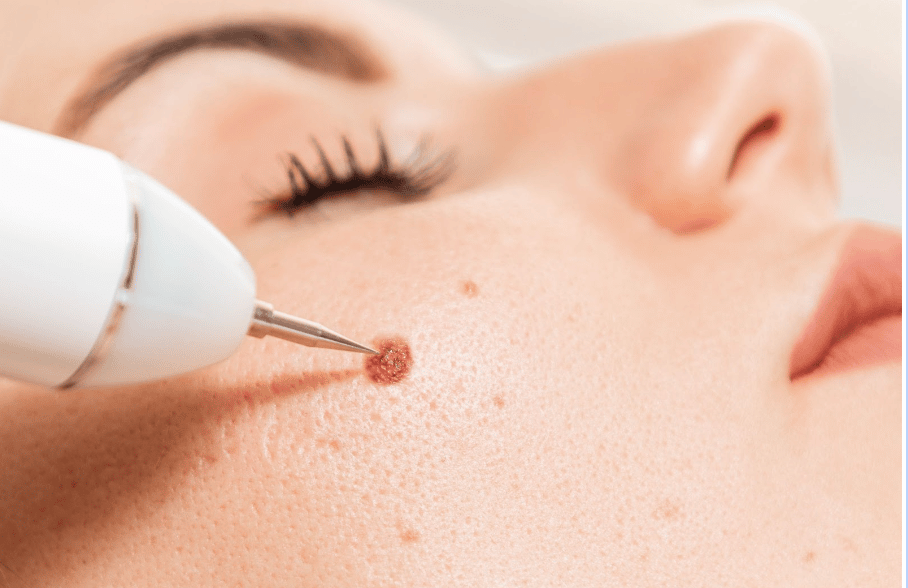Runners always hear that they should cool down after a workout. But how often do you leave yourself time to do so? If you’ve been skipping out on your cooldowns, you need to reconsider.
Keep reading to learn everything you need to know to cool down after a run (and why you should do it in the first place).
Why Do You Need to Cool Down After Running?
Before we delve into the “how“, we need to explain the “why” of cooling down post-run.
The cool-down portion of every workout is just as essential as the warm-up. When your run is complete, the cool-down process helps your body prepare itself for recovery. Skipping winding down can affect your future performance and even lead to injury.
Running causes your heart rate to accelerate and your body to work harder. It’s very important to bring your heart rate down gradually to allow it to normalize itself again.
Now you know why you should cool down, let’s look at how to do it.
Slow Things Down
The first step in the cooldown process is to slow yourself down. Once the run portion of your workout is complete, take it down to a slow jog or even a walk. You don’t need to go at this pace for long, even five to 10 minutes will be an adequate cooldown.
Taking things down to a slower pace will begin the heart rate lowering process. It will also tell your body that it’s time to start repairing itself.
Hydrate
Replacing the fluid you lost via sweat post-workout is the next step in your recovery process. Water is the best for replacing those fluids, but more serious runners might consider sports drinks for the added electrolytes and sugar.
Studies also show that athletes who drink sports beverages have better running times. So, not only does post-run hydration help achieve pre-run fluid levels, it can boost your performance, too.
You might also consider maintaining your hydration levels by drinking during your run. Aim to have between five to 10 ounces of water for every 20 minutes of run time.
Stretch and Foam Roll
Aim for 15 minutes of post-run stretching during your cooldown. We recommend focusing on stretching your groin, calves, quads, hamstrings, and IT band. You might also consider performing stretches for your back and core, too.
Some runners experience a lot of neck pain during and after their run. Read this post to find out how to improve your running mechanics to stave off pain.
Foam rolling is another great step in the recovery process. It can boost muscle flexibility and even alleviate tightness and trigger points.
You don’t need to foam roll immediately to reap the benefits, either. If you’re short on time, focus on stretching post-run and foam roll later in the day.
Taking Care of Your Body to Prevent Injury
A proper cool down will not only help you recover but prevent injury, too. Be sure to allow yourself time after every run to kick start the recovery process.
Keep reading our blogs for more helpful health and fitness advice.











